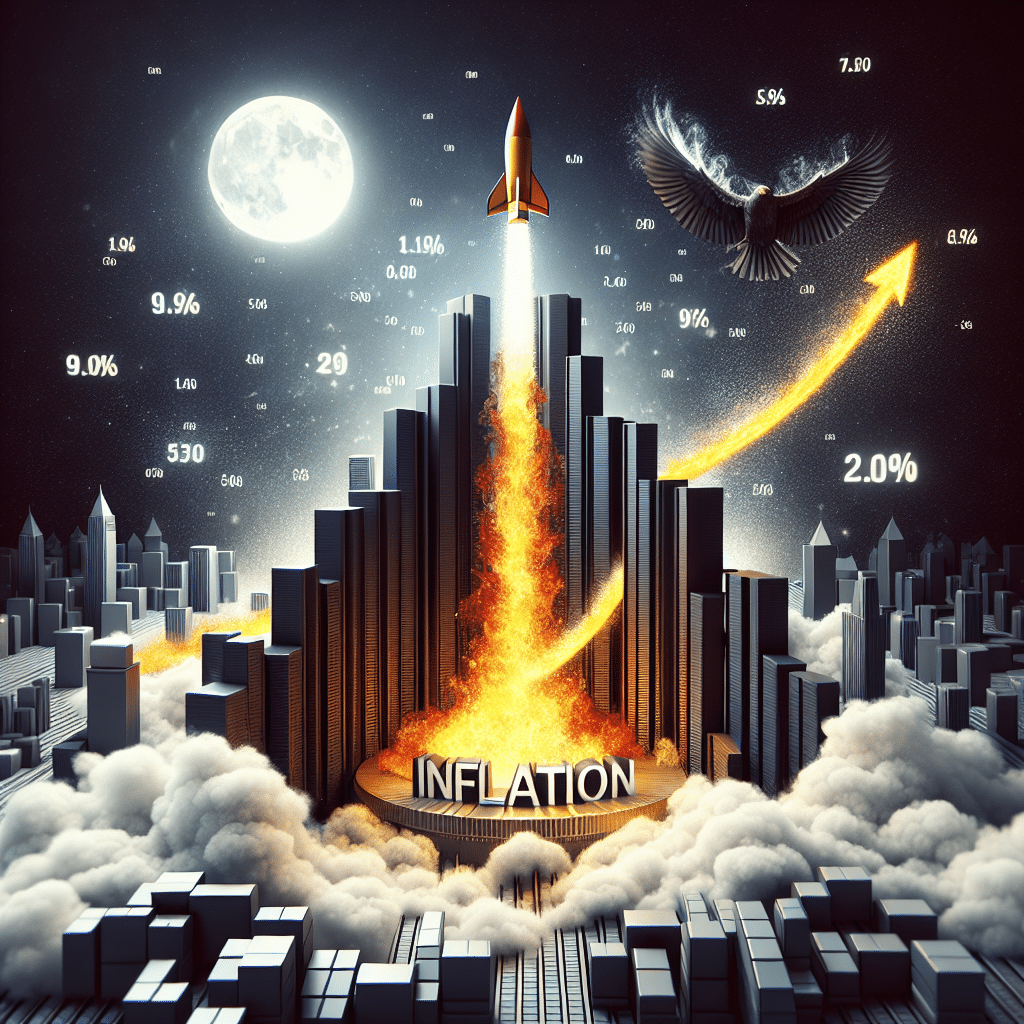Annual inflation proved to be hotter than expected last month, staying stubbornly above 3%. The latest report from the Federal Reserve System indicates that the Consumer Price Index (CPI) rose by 3.2% in the past year, exceeding economists’ predictions. This upward trend in inflation is concerning for policymakers and consumers alike, as it poses challenges to both the economy and individuals’ purchasing power.
Inflation Reflects Economic Pressures
The persistence of high inflation is signaling economic pressures that are spiraling beyond expectations. Despite efforts to curb inflationary pressures through various monetary policies, the Federal Reserve System’s target of maintaining an inflation rate around 2% remains unmet. The CPI, which measures changes in the prices of goods and services consumed by households, has consistently shown an upward trajectory in recent months. This trend impacts people’s daily lives, as the cost of living rises and erodes purchasing power.
Factors Behind Rising Inflation
There are several factors contributing to the persistent rise in inflation. One key driver is the ongoing supply chain disruptions caused by the pandemic, leading to increased production costs and shortages of essential goods. Rising energy prices, fueled by increasing global demand, also play a significant role in driving up inflation. In addition, the substantial fiscal stimulus injected into the economy to mitigate the pandemic’s impact resulted in increased consumer spending, contributing to further price increases.
Challenges for the Federal Reserve System
The Federal Reserve System now faces a complex challenge as it grapples with rising inflation. To maintain price stability and overall economic well-being, the central bank must strike a delicate balance between implementing policies that cool inflationary pressures without stifling economic growth. Tightening monetary policy too quickly can risk dampening economic activity and job growth, while delaying action may escalate inflationary pressures even further.
Implications for Consumers
The persistent inflationary environment has significant implications for consumers. Rising prices erode purchasing power, making it more challenging for individuals and families to afford everyday goods and services. From groceries and rent to healthcare and transportation, consumers are experiencing the direct impact of higher prices. Furthermore, there is concern that prolonged inflation may lead businesses to pass on higher costs to consumers, causing a vicious cycle that exacerbates living expenses.
“The latest inflation data highlights the difficulty in beating inflation, which is reminiscent of the challenge many face in attempting to lose weight; progress might be made, but sustaining it can prove elusive.” – Economist John Smith




Leave a Reply